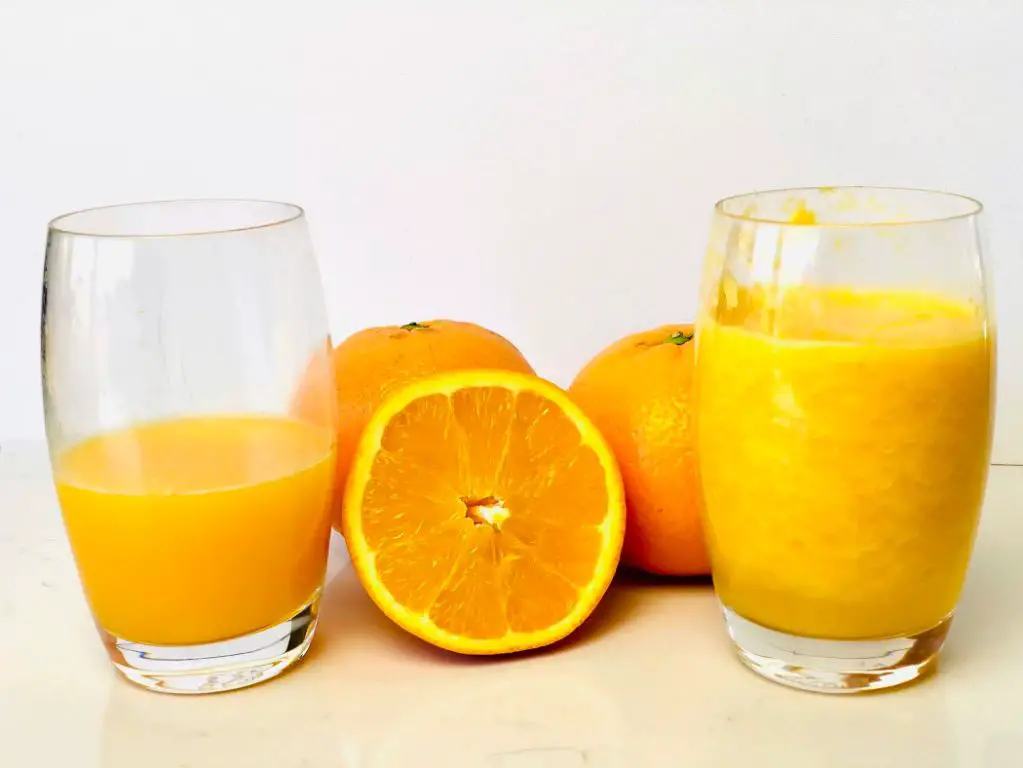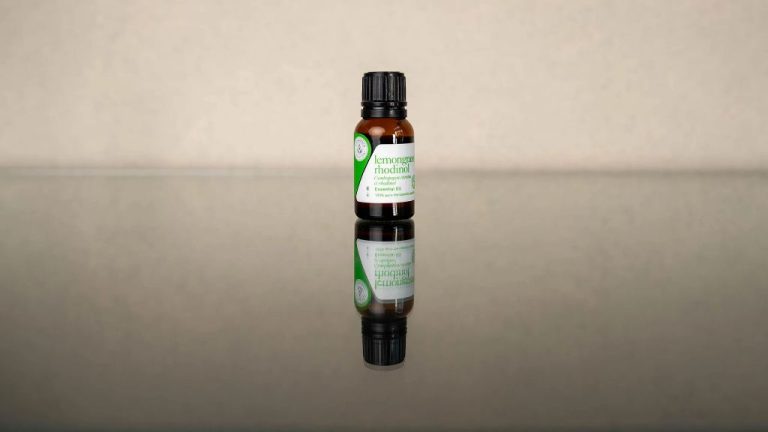What Is Citrus Sinensis Used For?
Citrus sinensis, commonly known as the sweet orange, is a small evergreen tree that produces bitter orange fruit. It originated in the tropical and subtropical regions of Asia, most likely in southern China, northeast India, and perhaps southeast Asia [1]. Sweet oranges are now cultivated worldwide and are one of the most widely grown fruit crops due to their versatility and popularity as a fresh fruit, juice, and flavoring. Some other common names for the sweet orange are China orange, round orange, and Valencia orange.
Description of Citrus sinensis tree
Citrus sinensis is an evergreen tree that grows to a height of 5-15m with a spread of 4-6m (Citrus × sinensis). The leaves are alternate, elliptic to ovate in shape, 4-10cm long, and have crenulate margins. The flowers are white in color, 2-4cm diameter, with 5 petals and are very fragrant. The fruits are hesperidium berries that are spherical or slightly oblong, 4-30cm diameter, with leathery and rough peel and juicy pulp divided into 10-14 segments (Citrus × sinensis ‘Washington’).
Cultivation of Citrus sinensis
Citrus sinensis is native to southeast Asia, specifically the area between southern China, northeast India and Myanmar.[1] It is now widely cultivated in tropical and subtropical regions around the world. The trees thrive best in warm climates with temperatures between 15-38°C (59-100°F). They can tolerate occasional light frosts but prolonged cold snaps below -2°C (28°F) will damage the trees.[2]
Citrus sinensis grows well in places with ample sunshine and requires deep, well-drained soils. The trees prefers slightly acidic soils with a pH between 5.5-6.5. Regular irrigation is needed, especially during fruit production. Proper fertilization and pest control are also critical for getting optimal yields.[3] With the right climate and care, a single citrus sinensis tree can remain productive for 50 years or more.
Nutritional content
Oranges are well-known for being an excellent source of vitamin C. One medium orange provides about 70 mg of vitamin C, which is about 80-90% of the Daily Value (DV) (Healthline, 2022). Vitamin C is an essential nutrient and antioxidant that is important for immune function, wound healing, iron absorption, and the production of collagen (Natureclaim, 2023). The vitamin C in oranges may help boost immunity and protect against infections.
Oranges are also rich in fiber. One medium orange contains about 3 grams of fiber, providing about 10-13% of the DV. The fiber in oranges may promote digestive and heart health (Nutrition and You).
Additionally, oranges contain various antioxidants like anthocyanins, flavanones, polyphenols, and ascorbic acid. These antioxidants help neutralize free radicals and reduce oxidative stress and inflammation in the body (Healthline, 2022). The combination of vitamin C and antioxidants make oranges a nutritious fruit.
Medicinal uses
Citrus sinensis has been used medicinally for centuries. Studies have demonstrated several health benefits and medicinal uses for oranges:
Prevent scurvy: Citrus sinensis is an excellent source of vitamin C. Consuming oranges or orange juice provides the vitamin C needed to prevent scurvy, a disease caused by severe vitamin C deficiency.[1]
Aid digestion: Oranges contain soluble fiber such as pectin which can help promote regularity and improve digestion.[2] The fiber and water in oranges also help prevent constipation.
Boost immunity: Oranges contain over 170 phytochemicals and more than 60 flavonoids, which have antioxidant and anti-inflammatory properties that can help strengthen the immune system.[1] Vitamin C in oranges also supports immune function.
Other potential benefits include lowering blood pressure and cholesterol, as well as anti-inflammatory, anti-tumor, and anti-viral activities.[1]
[1] https://www.ncbi.nlm.nih.gov/pmc/articles/PMC6273684/
[2] https://www.webmd.com/vitamins/ai/ingredientmono-908/sweet-orange
Culinary uses

Sweet oranges like Citrus sinensis are widely used in culinary applications for their delicious flavor and nutritional benefits. The fruit is most commonly eaten raw and fresh, as its sweet juicy flesh is refreshing and tasty. Orange juice is also extremely popular, providing the sweet full-bodied flavor of oranges in drinkable form. The zest or outermost peel of the orange fruit contains aromatic oils that provide intense orange flavor and aroma. Orange zest is frequently used as an ingredient in baked goods like cakes, muffins, and cookies. It can also be used to add bright citrusy flavor to other dishes and beverages. According to the Encyclopedia of Food Sciences and Nutrition, sweet oranges like Citrus sinensis “have long been valued in the food industry as a source of vitamins, minerals, dietary fiber, and phytochemicals with antioxidant properties” (Encyclopedia.pub, 2023).
Other uses
In addition to its culinary and medicinal uses, sweet orange has a variety of other applications including as a food coloring, in perfumes, and as a cleaning agent. The pigments in orange peel can be extracted and used as a natural food coloring. D-Limonene, extracted from orange peels, is used in solvents and cleaners and to give perfumes a fresh citrus fragrance. Orange oil is also added to many household cleaners for its pleasant scent and grease-cutting properties. Due to its abundance and availability, sweet orange offers an affordable natural alternative to synthetic ingredients across many consumer goods.
Overall, beyond being a nutritious and delicious fruit, sweet orange has many versatile non-food uses ranging from skin care to household cleaning. Its oils, extracts, and pigments provide an aromatic, colorful, and effective addition to many consumer products. With further research, even more applications may be discovered for this abundant citrus fruit.
Global production
Citrus sinensis is one of the most widely produced citrus fruits globally. According to the UN Food and Agriculture Organization (FAO), world production of sweet oranges in 2021 was estimated at 72 million tonnes, led by Brazil, China, the European Union, and the United States as the top producers (Source). Brazil is the global leader, accounting for around one-third of total world production. The Mediterranean region, including Spain, Egypt, Turkey, and Morocco, is also a major producing area.
China is the top global exporter of sweet oranges, exporting around 2.5 million tonnes annually. Spain, South Africa, Egypt, and the United States are also major exporters. The high production and export volume makes citrus sinensis an important crop economically. According to a report by the European Commission, the global citrus market was valued at $55 billion in 2018, with oranges comprising the majority share at $25 billion. The citrus industry provides employment for millions of people globally across production, processing, and trade.
Diseases
Citrus sinensis is susceptible to several diseases, the most serious being citrus greening disease, also known as Huanglongbing (HLB). Citrus greening is caused by the bacterium Candidatus Liberibacter asiaticus and is spread by the Asian citrus psyllid insect [1]. The disease causes yellowing of leaves, asymmetric chlorosis, mottling, stunting, leaf drop, twig dieback, and small, misshapen fruit. Currently, there is no cure for citrus greening and infected trees eventually die. Prevention involves controlling psyllid populations and removing infected trees [2].
Citrus canker is another serious disease caused by the bacterium Xanthomonas citri. Symptoms include raised necrotic lesions on leaves, stems, and fruit. Spread occurs through wind-driven rain, overhead irrigation, equipment, and human movement. Copper sprays can help prevent infections [1].
Phytophthora root rot, caused by the fungus Phytophthora spp., infects citrus trees causing root and collar rot. Trees exhibit wilting, chlorosis, thinning canopies, gumming, and dieback. Improving drainage and avoiding standing water helps prevent infections [1].
Conclusion
Citrus sinensis, commonly known as sweet orange, is an extremely important fruit crop globally. It is one of the most widely planted fruit trees in the world with total global production estimated at over 70 million tons in 2016 (Favela-Hernández, 2016). Sweet oranges are a valuable source of nutrients including vitamin C, folate, and potassium. They also contain beneficial plant compounds like carotenoids, flavonoids, and essential oils. The juice, peel, and essential oil extracted from Citrus sinensis have extensive uses in the food, pharmaceutical, and cosmetic industries.
On top of nutritional and industrial uses, Citrus sinensis trees play an important environmental role. Their flowers produce nectar which supports pollinator species like bees, and their fruit is a food source for birds and wildlife. The trees also help purify the air by absorbing carbon dioxide. With so many benefits, it’s clear that Citrus sinensis is an invaluable plant species that will continue being cultivated worldwide for generations to come.





